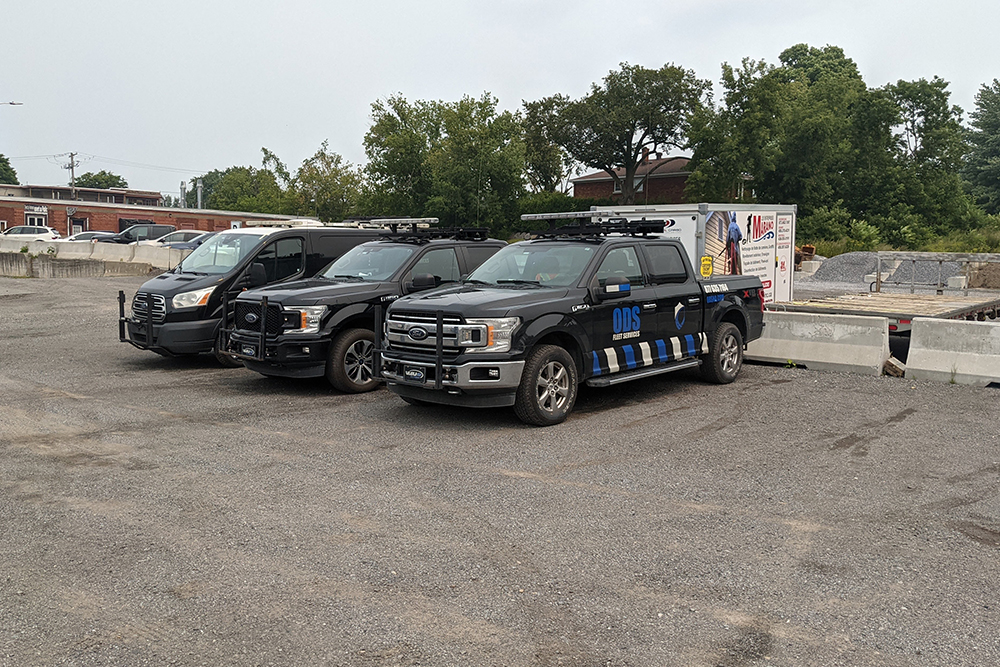As a pilot driver overseeing the transport of oversized loads through the roads of the United States and Canada, ensuring the proper functioning of the vehicle’s cooling system is paramount. The vast landscapes, varying terrains, and unpredictable weather conditions in these regions present unique challenges that make regular cooling system inspections essential. This article will delve into the importance of inspecting cooling systems for pilot drivers and provide valuable insights into the benefits of proactive maintenance practices.
The Role of Cooling Systems in Oversized Load Transportation
Transporting oversized loads places significant demands on the vehicle’s engine and overall performance. The cooling system plays a crucial role in maintaining the engine’s optimal operating temperature, especially when navigating through long stretches of highways or mountainous regions. A malfunctioning cooling system can lead to overheating, engine damage, and costly delays in the transportation process.
Key Reasons Why Pilot Drivers Should Prioritize Cooling System Inspections
- Preventative Maintenance: Regular inspections of the cooling system can help pilot drivers identify potential issues before they escalate into major problems. This proactive approach can prevent breakdowns on the road and minimize downtime during transportation.
- Optimal Performance: A well-maintained cooling system ensures that the engine operates efficiently, even under challenging conditions. By conducting routine inspections, pilot drivers can address any issues that may affect the system’s performance and overall vehicle efficiency.
- Safety Concerns: Overheating engines pose safety risks not only to the vehicle and its cargo but also to other road users. By prioritizing cooling system inspections, pilot drivers can mitigate these risks and uphold safety standards throughout the transportation process.
- Compliance Requirements: Adhering to regulatory guidelines is essential for pilot drivers operating in the United States and Canada. Regular inspections of the cooling system help ensure compliance with safety regulations and industry standards, avoiding potential fines or penalties.
Best Practices for Cooling System Inspections
To effectively inspect cooling systems and enhance the overall transportation process, pilot drivers can implement the following best practices:
- Check Coolant Levels: Monitor the coolant levels regularly and top up as needed to maintain proper engine temperature.
- Inspect for Leaks: Look for any signs of leaks in the cooling system, such as puddles under the vehicle or discolored spots on hoses.
- Examine Belts and Hoses: Inspect the condition of belts and hoses connected to the cooling system for wear and tear, and replace them if necessary.
- Clean Radiator and Fans: Keep the radiator and cooling fans clean from debris and dirt to ensure optimal airflow and cooling efficiency.
- Test Thermostat Functionality: Verify that the thermostat is functioning correctly to regulate engine temperature effectively.
By incorporating these practices into their routine maintenance procedures, pilot drivers can uphold the integrity of the cooling system and minimize the risk of unexpected issues during transportation.
Final Thoughts
In the dynamic world of oversized load transportation, pilot drivers play a vital role in ensuring the safe and efficient delivery of goods across the United States and Canada. By emphasizing the importance of cooling system inspections and implementing proactive maintenance strategies, pilot drivers can enhance vehicle performance, mitigate risks, and uphold industry standards throughout their operations. Prioritizing the health of cooling systems is not only a best practice but a necessary step towards a successful and incident- free transportation experience.

